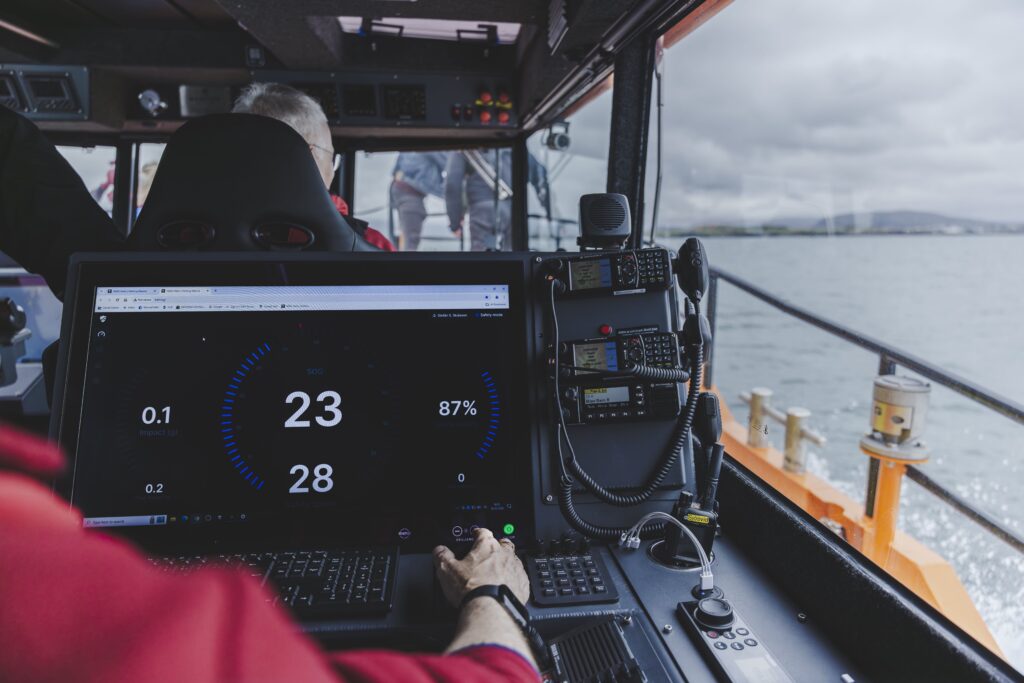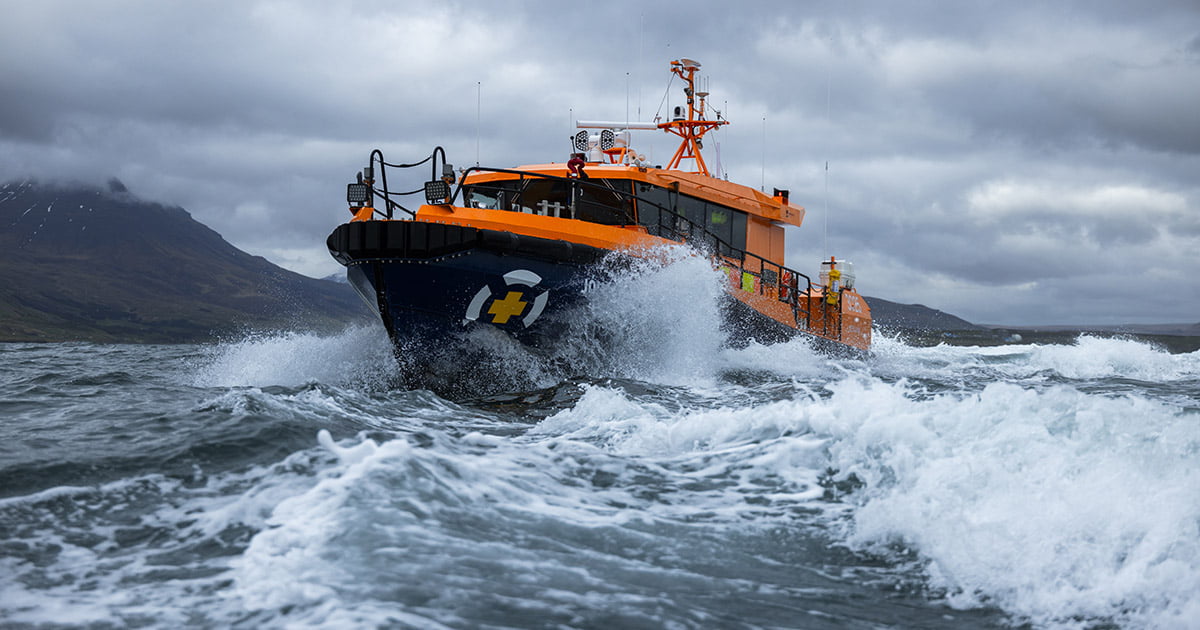In recent years, the integration of advanced technology, specifically the Hefring Marine Intelligent Marine Assistance System (IMAS), has significantly enhanced ICESAR’s operational capabilities. This case study explores the challenges ICE-SAR faces, the impact of the IMAS system, and its implications for the future of search and rescue operations.
Daily Responsibilities and Challenges
ICE-SAR’s duties are comprehensive, involving constant preparedness to respond to emergencies. Daily responsibilities include monitoring emergency channels, coordinating with other emergency services, and ensuring that equipment and vessels are ready for immediate deployment. The organization faces numerous challenges, particularly related to the harsh weather conditions in Iceland. Ensuring the maintenance and operational readiness of vessels is a continuous task, with technical issues such as engine failures or navigation system malfunctions posing significant risks.
The Incident with Þór
A notable incident occurred a few months ago involving the vessel Þór, which was transporting members of the Civil Protection office to Vestmann Island amid a state of alert. The vessel encountered a large freak wave while exiting the harbor in Landeyjarhöfn, resulting in a severe impact as it fell off the wave’s crest. This incident highlighted the unpredictable and dangerous nature of maritime operations in Icelandic waters.
The Role of IMAS in Crisis Management
During the incident with Þór, the Hefring Marine IMAS system proved indispensable. The IMAS Console provided real-time data on weather conditions, sea state, and the vessel’s precise location, enabling the team to make informed decisions quickly. This real-time situational awareness was crucial in managing the incident safely and effectively. Without the IMAS system, the operation could have been far more dangerous due to the lack of immediate and accurate information.
Data Analysis and Its Advantages
By analyzing the data collected through the IMAS System, ICE-SAR was able to determine the magnitude and nature of the forces involved, including vertical, lateral, and longitudinal accelerations. This analysis provided a comprehensive understanding of the stresses on the vessel’s structure and the impact of environmental conditions such as waves and wind during the incident. The insights gained from this data were crucial for several reasons.
Firstly, they enabled ICE-SAR to collaborate effectively with the shipbuilder Kewatec, offering precise information on the forces encountered by the vessel. This facilitated accurate calculations for structural reinforcements and design modifications, enhancing the vessel’s resilience and safety. Additionally, the detailed force data proved invaluable for Icelandic insurance companies, as it provided a clear, quantifiable account of the incident. This information helped in assessing the damage, determining liability, and processing claims more efficiently.

User-Friendly Interface and Operational Benefits
One of the standout features of the IMAS Console is its user-friendly interface, which ensures that even in high-stress situations, team members can access and interpret data efficiently. The system integrates various data sources, including GPS and weather forecasts, into clear, accessible visualizations. This ease of use has been particularly beneficial during critical moments, allowing ICE-SAR to enhance their situational awareness and decision-making processes.
Future fleet and Standardization
Recognizing the substantial benefits of the IMAS system, ICE-SAR has decided to standardize its integration across all new vessels in their fleet. The first two vessels with the IMAS system have already been fitted, and future acquisitions will follow suit. This standardization is expected to improve operational efficiency and safety further, making the IMAS system an essential component of ICE-SAR’s fleet.
Impact on Search and Rescue Operations
Since the implementation of the IMAS system, ICE-SAR has observed noticeable improvements in response times and the accuracy of navigation and rescue efforts. The system’s ability to reduce the cognitive load on team members by providing clear and concise information has been a significant advantage, allowing rescuers to focus more on the operations themselves. The real-time data access provided by IMAS has also facilitated better decision-making during emergencies.
Influence on Future Strategies and Protocols
The successful use of the Hefring Marine IMAS Console has informed ICE-SAR’s future search and rescue strategies, emphasizing the importance of advanced technology in operational protocols. The integration of real-time data analysis and decision-making tools has become a priority, ensuring continuous improvement in response times and operational effectiveness.
Conclusion
The experience of ICE-SAR with the Hefring Marine IMAS system underscores the transformative impact of advanced technology on search and rescue operations. Utilizing Hefring Marine’s sensor data allowed ICE-SAR to improve safety protocols, inform better vessel design and construction, and streamline interactions with insurance companies. Ultimately, this enhanced the operational safety and reliability of their rescue vessels.
As the technology continues to evolve, it will set new standards for efficiency and safety in maritime operations. The ongoing enhancement of these systems promises more successful rescue missions and better protection for both rescue teams and those they assist.

